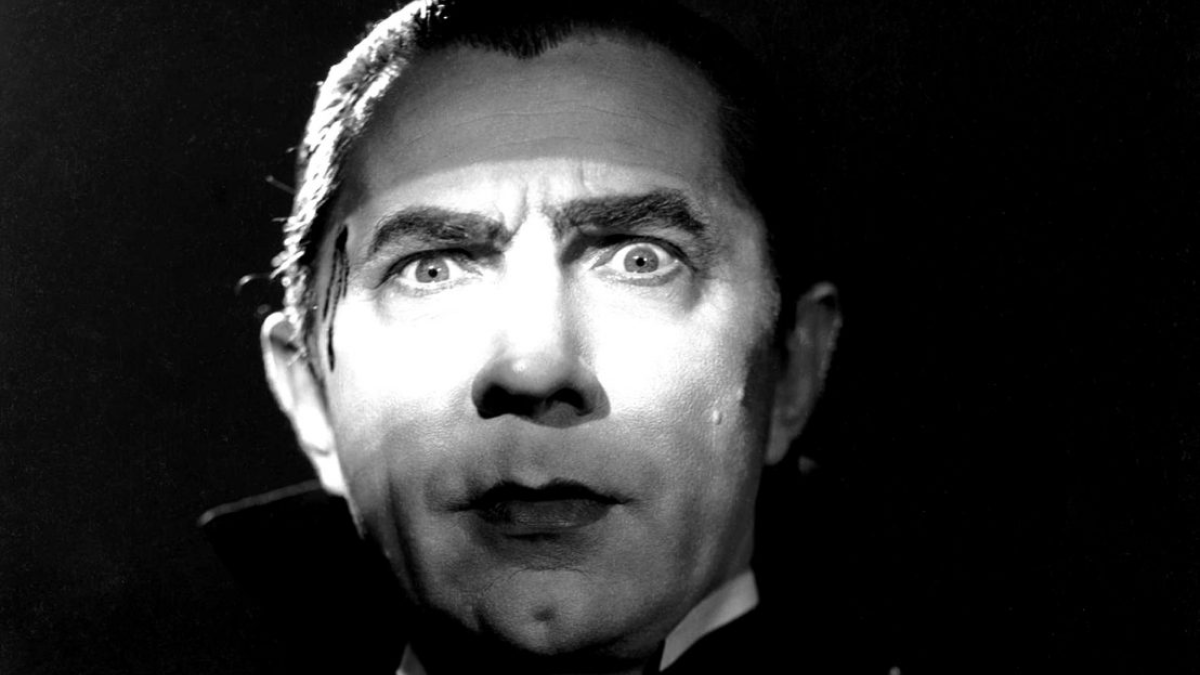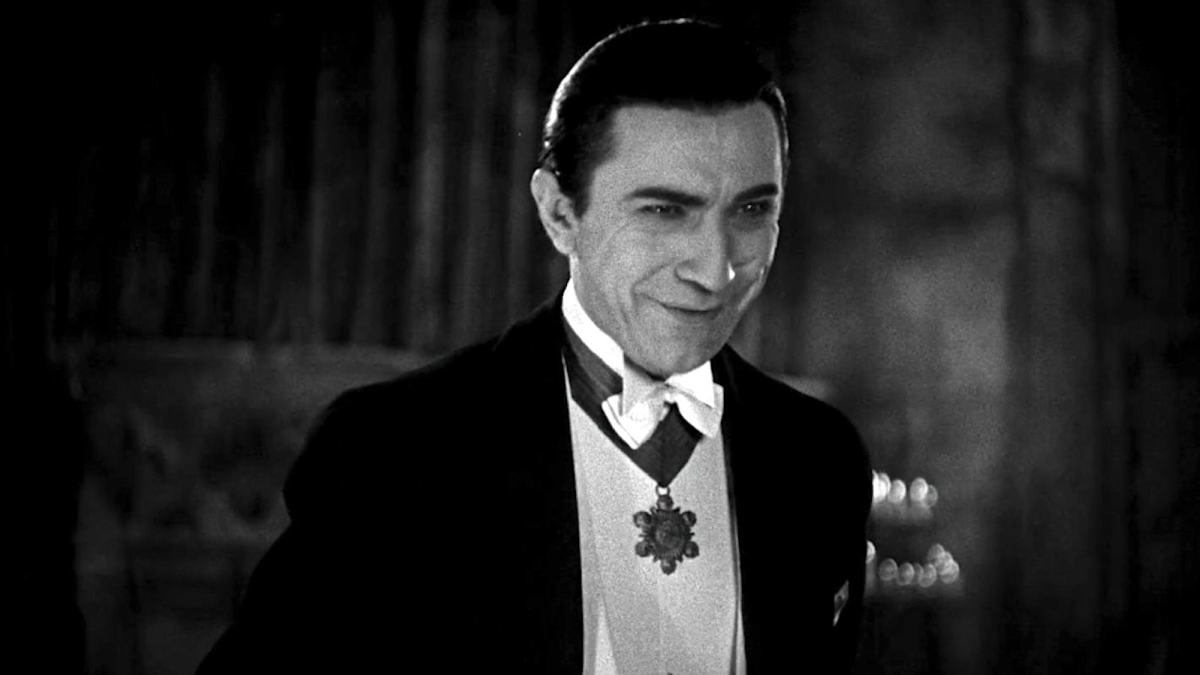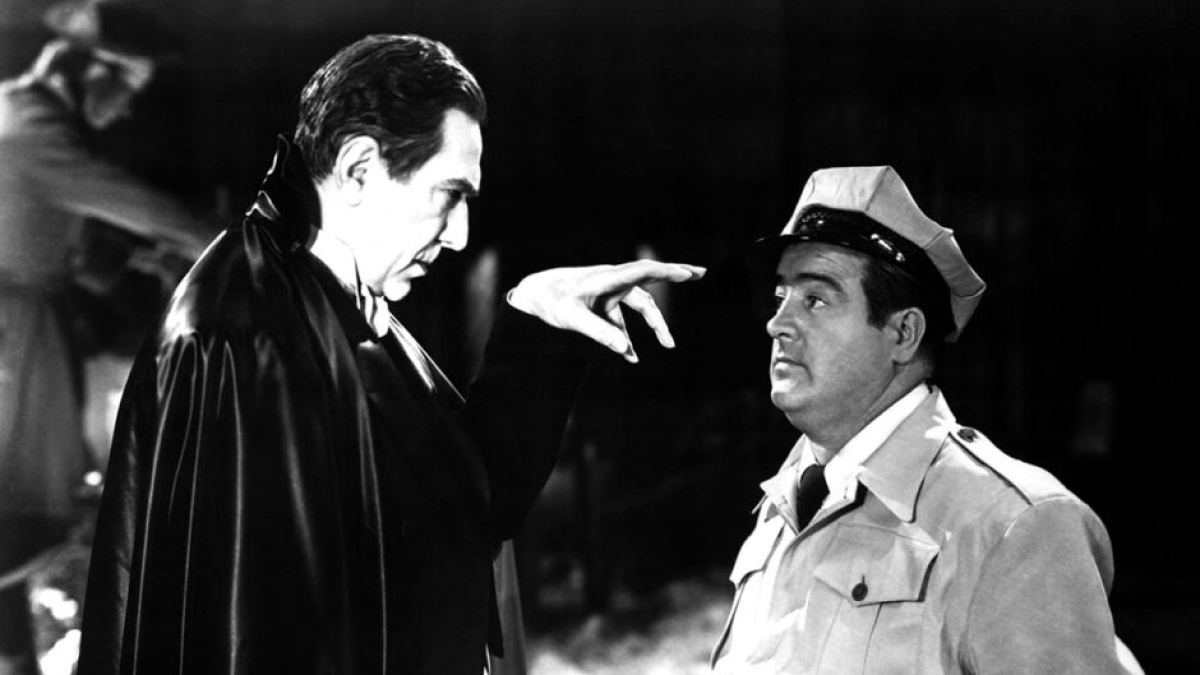
It’s been just a hair shy of a century since Bela Lugosi’s Count debuted his most iconic on screen role, and he’s still the default version of the character – the iteration of Transylvania’s most notorious blood sucker that your brain probably jumps to when you picture the word “Dracula.”
He came by the part honestly. Born Béla Ferenc Dezső Blaskó, the Hungarian performer got his start in the golden age of show business, back when professional acting was still on par with being livestock, but with more travel and toxic pancake makeup. In between stints as a laborer, World War I veteran, and political refugee, he worked in silent movies – first in his homeland, then Germany, and finally in the United States. Additionally, he took work as a performer in stage shows, discovering a real talent for playing undead nobles when he was cast as the lead in Dracula in 1927. The Broadway production was a success, dovetailing into a touring show that saw Lugosi traveling the country and, eventually, landing the part in the film adaptation in 1931.
And do you know what’s wild? Considering the cultural ubiquity of the Universal stable of movie monsters and the socially hardwired image of Lugosi as Dracula? The actor only played the Count twice on the big screen.
Dracula (1931)

After years of playing Count Dracula on stage, Lugosi wrangled the same role in Tod Browning’s film adaptation of Dracula. Taking into account Lugosi’s experience playing the part, and that his indelible interpretation has become inseparable from the character itself, it’s strange to think that he wasn’t the studio’s first choice; they rotated through a merry-go-round of actors before deciding that Lugosi had the chops.
For his part, Lugosi didn’t do himself any favors, forgetting to play it cool in favor of telling anyone who would listen all about how positively boffo he was for playing Dracula in the talkies. His enthusiasm got him one of the most famous roles in film history, a $3,500 paycheck, and a powerful lesson in the importance of playing hard to get.
And sure, Browning’s masterpiece of early horror cinema ended the way that most monster movies did at the time – with a guy wearing blush killing the villain, and his lady friend really appreciating it – but a little thing like dying couldn’t keep Dracula down for long, right? …Right?
Abbott and Costello Meet Frankenstein (1948)

For the next 17 years, Lugosi lived in Dracula’s shadow, voicing frustration at his inability to find acting work outside of the “creepy guy” line of employment. Unlike his contemporary, Boris Karloff, who kept the lights on with regimented returns to the role of Frankestein’s monster, Lugosi didn’t enjoy a decades-spanning series of Dracula stories. Thanks to a severe pigeonholing by studios and his molasses-thick accent, he wound up playing lots of intense European villains with crazy eyes, plenty of Dracula-adjacent roles in films like The Raven and The Return of the Vampire, and debuted the un-hunchbacked character of Ygor in Son of Frankenstein.
In 1948, he was coaxed back into playing Transylvanian royalty in Abbott and Costello Meet Frankenstein, an AFI top 100, Library of Congress-preserved corner of cinematic history that, according to just about everyone involved, nobody wanted to make. The better part of 20 years after he became the most famous version of Dracula in history, he came back to the role, now as a punchline for two bitter, aging vaudevillians who couldn’t even agree about who was on first.
What happened to Bela Lugosi?
Unfortunately, the massive success of Abbott and Costello Meet Frankenstein would mark the high point of what was left of Lugosi’s career. The remaining eight years of his life were spent in relative obscurity, appearing chiefly in low-budget films, marrying and divorcing people a generation or more younger than him, and spiraling into alcoholism and drug abuse advanced by debilitating sciatica and career embarrassments. Depending on who you ask, B-movie producers like Plan 9 from Outer Space’s Ed Wood either kept him afloat in his later years by providing regular work, or took advantage of his status as an unemployable icon, keeping him in high-collared capes and lab coats well past his 70th birthday. He died of a heart attack on August 16, 1956, napping in his Los Angeles apartment.
from Movie News | Movie Reviews | Movie Trailers https://ift.tt/HiFLcDd



0 comments: